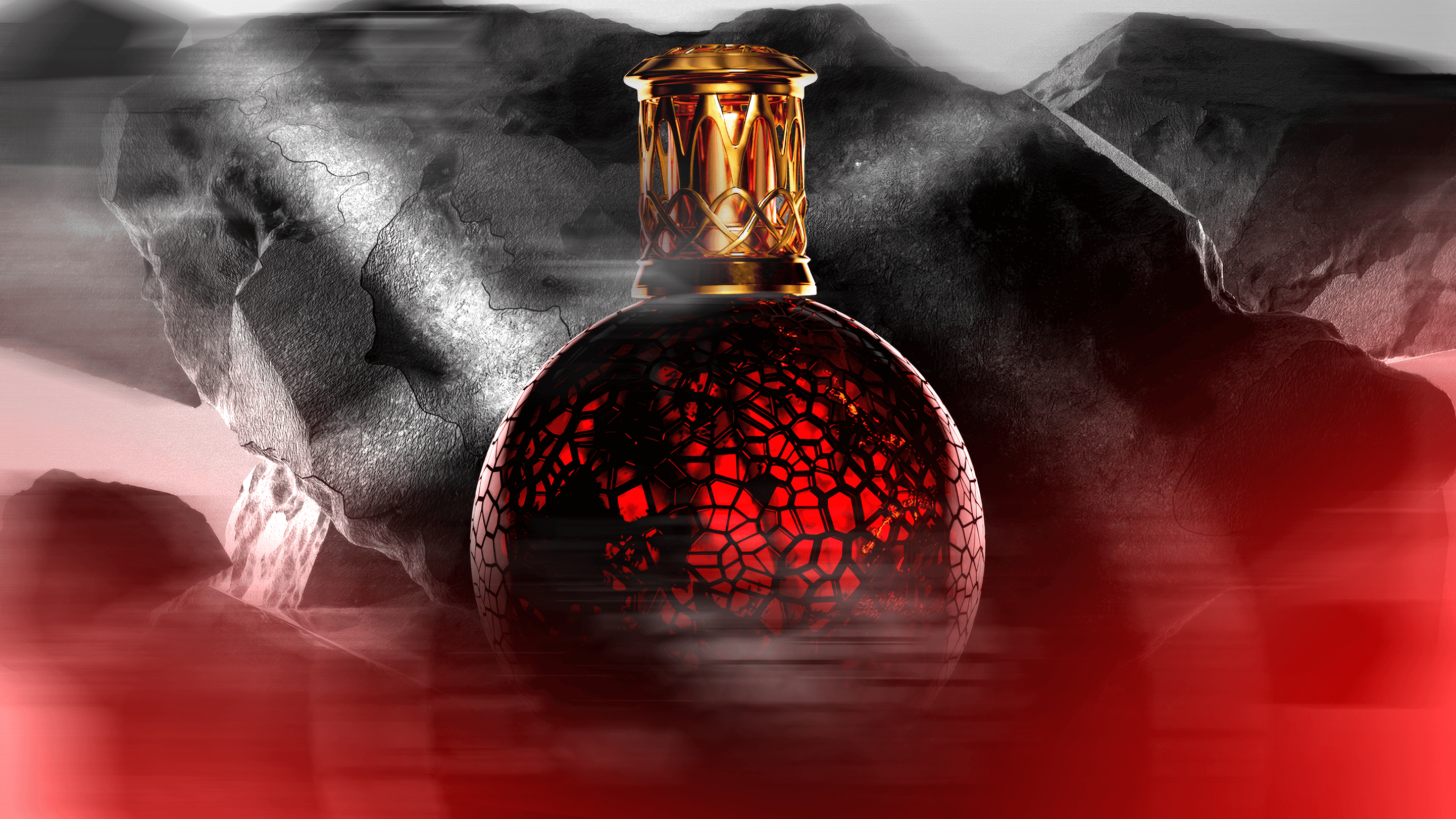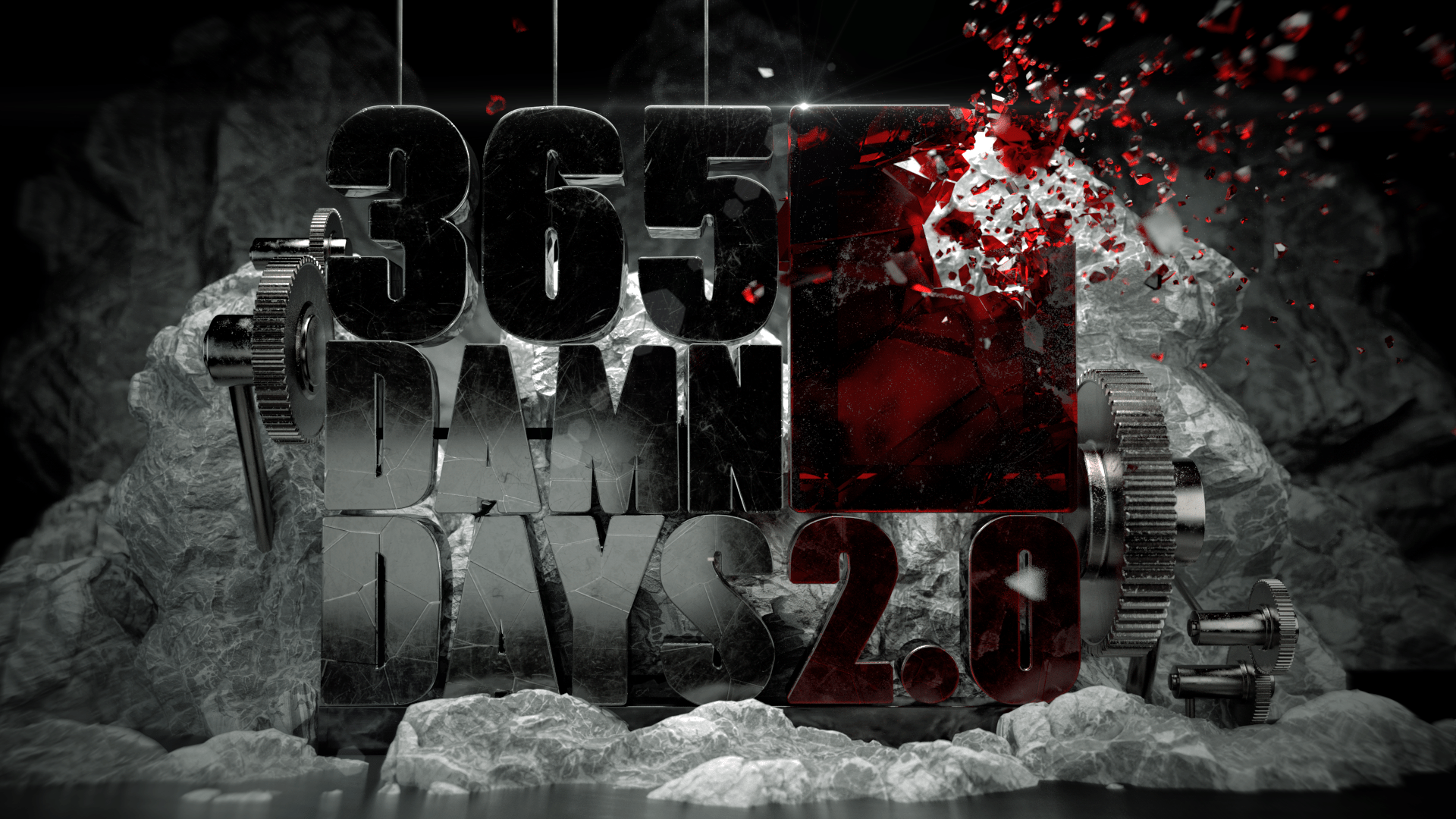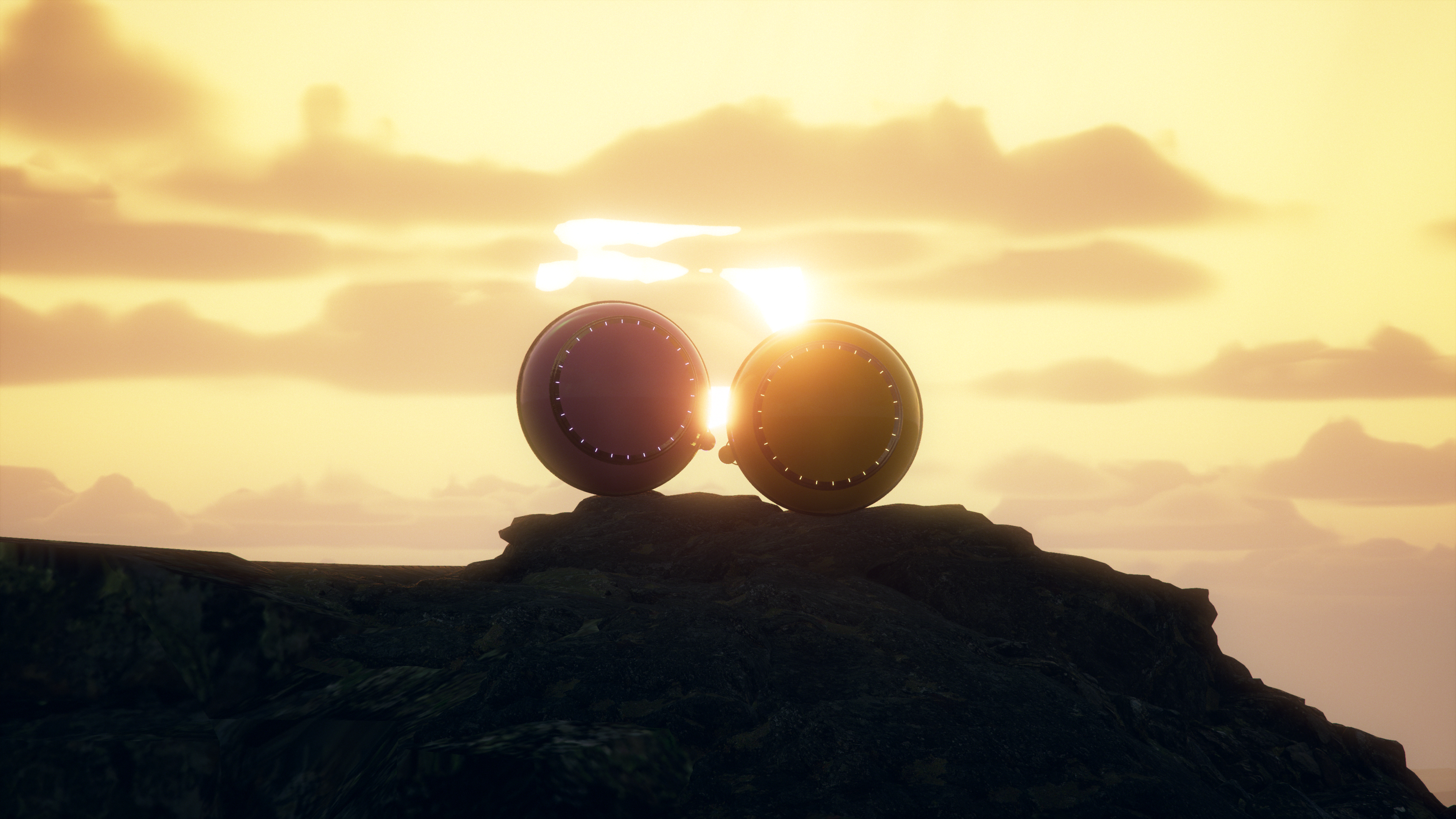Friendship: an illustration of one of its main components
Interested in the phenomenon of friendship, I looked for research on this topic.
It turns out that this is a very popular area of research among scientists, thanks to which I found a lot of literature on this topic.
One such book is «Friendship» by Lydia Denworth.
One such book is «Friendship» by Lydia Denworth.
I was very lucky that she gave an interview to the WSJ where she outlined the theses and meanings laid down on the pages of the book in a brief form, and I did not have to analyze the information from the entire book myself.
This video describes one of the components of friendship - the similarity of worldview, common views on things. Here is a quote from the article:
«Having a shared world-view turns out to be important. Scientists looked at all these people in a social network, showed them the same sets of videos and looked at how their brains responded to these videos. They could predict just by looking at the brain processing who was friends with whom. Literally, you hear and see the world more like the people you are friends with. The big question is: Is it cause or effect? Are you drawn to people who already see and process the world more similarly from the start or do you become more similar? Of course, as with so many things, the answer is probably both.»
This video describes one of the components of friendship - the similarity of worldview, common views on things. Here is a quote from the article:
«Having a shared world-view turns out to be important. Scientists looked at all these people in a social network, showed them the same sets of videos and looked at how their brains responded to these videos. They could predict just by looking at the brain processing who was friends with whom. Literally, you hear and see the world more like the people you are friends with. The big question is: Is it cause or effect? Are you drawn to people who already see and process the world more similarly from the start or do you become more similar? Of course, as with so many things, the answer is probably both.»
Friendship literally improves your body’s cardiovascular functioning, how your immune system works, how you sleep. You can imagine the food you put in your body makes you healthy or not. But sitting in a coffee shop with someone and just chatting about what’s going on with your life, we always thought emotionally that made you feel good. But actually it really is doing much more.
A big study at Harvard of men across their lives from 20 to 80 found that the single best predictor of your health and happiness at 80 was not your wealth or your professional success. It was your relationships at 50.
What makes a good friendship?
The simple definition that biologists use is a friendship is positive, it makes you feel good, it is long-lasting and stable and it has reciprocity and cooperation in it. So there’s a little give and take. Friendship is about setting up your life so you have people you can rely on when you need them. Literally, it was for when the lions came hunting for your friends. Baboons and monkeys do better when they are together. It’s why humans were never really alone.
There’s not one way to do friendship. Some people are introverts and that’s fine. The difference between not having any close friends and having one is enormous in terms of your emotional health and physical health. Quality matters so much more than quantity. Most people only have an average of four really close friends.
Why do we become friends with one person and not another?
There’s this interesting chemistry to friendship. Just like in romance, you are more drawn to some people than you are others. Some of it is very straightforward: You are interested in the same things, you spend time in the same place. That’s one reason why we are close to relatives, because you have a head start, you spend more time with them than you do anyone else. We do tend to be better friends with people who are more like us.
Process of creation
The first thing I started working on was the pattern.
Drawing on the basis of which the main composition was created.
Initially, I wanted to use circles as symbols of "different communities"
Initially, I wanted to use circles as symbols of "different communities"
that my main character would fly up to.
But then I thought that there is always some kind of connection between communities, and it was necessary to come up with something like roads. So it turned out to be a very smooth composition with clear boundaries, but being, as it were, one whole.



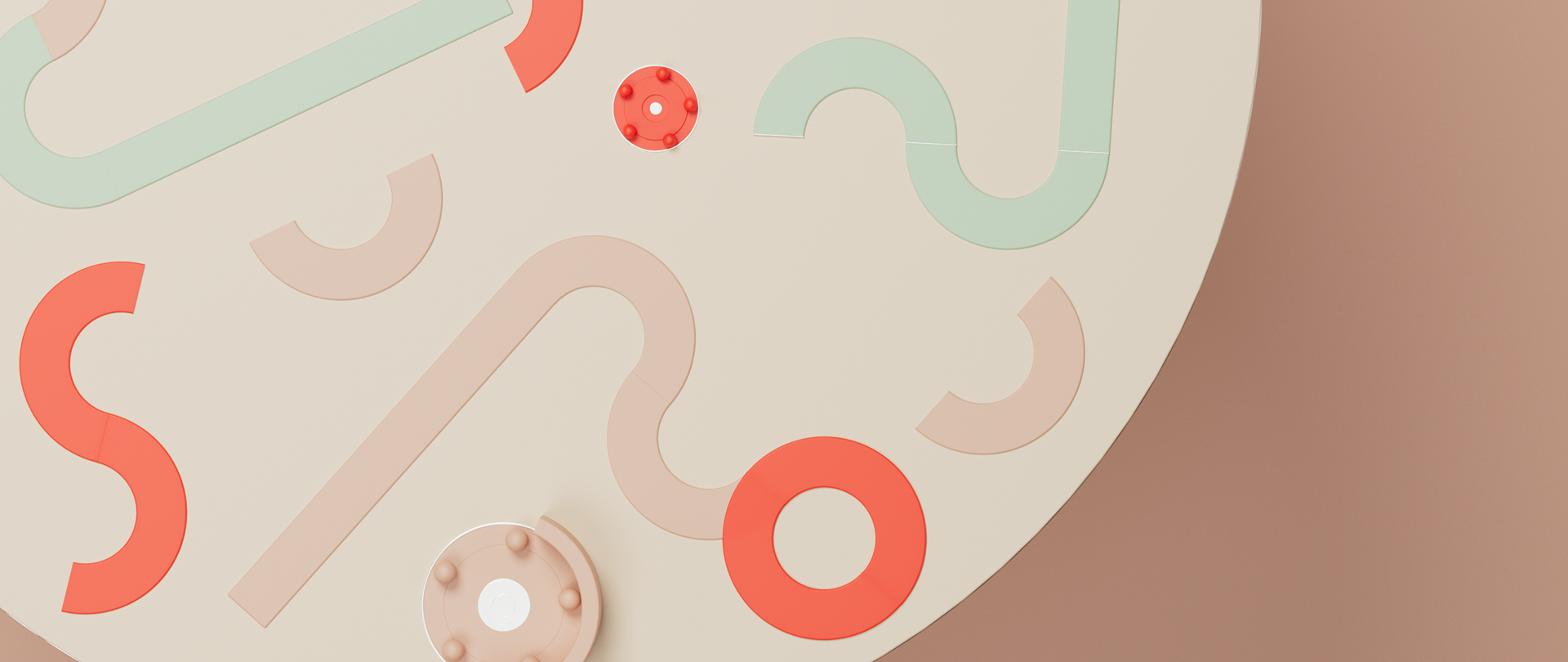
I made many attempts to get the picture to like me.
Not obviously, but a lot of time was spent on the selection of "friendly" colors in the composition.
Quite a lot of time was spent on animation.
It's simple, but it was important to seamlessly "connect" it to the music.
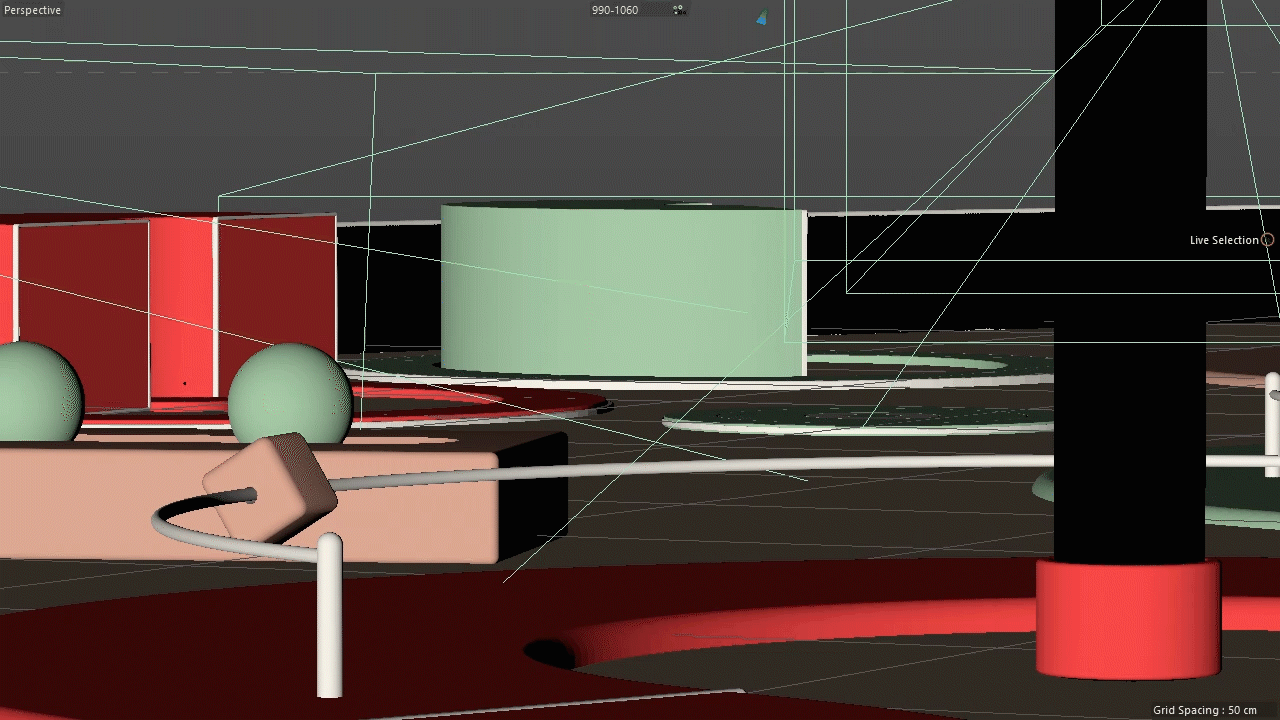






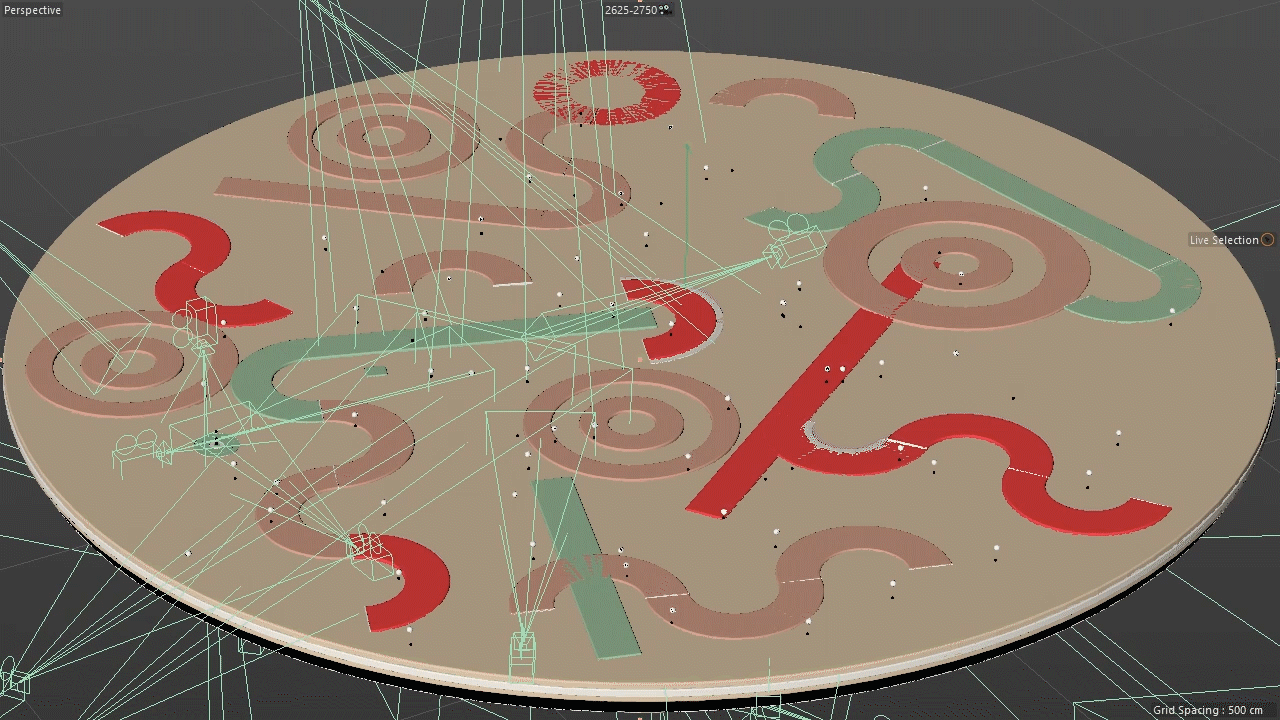







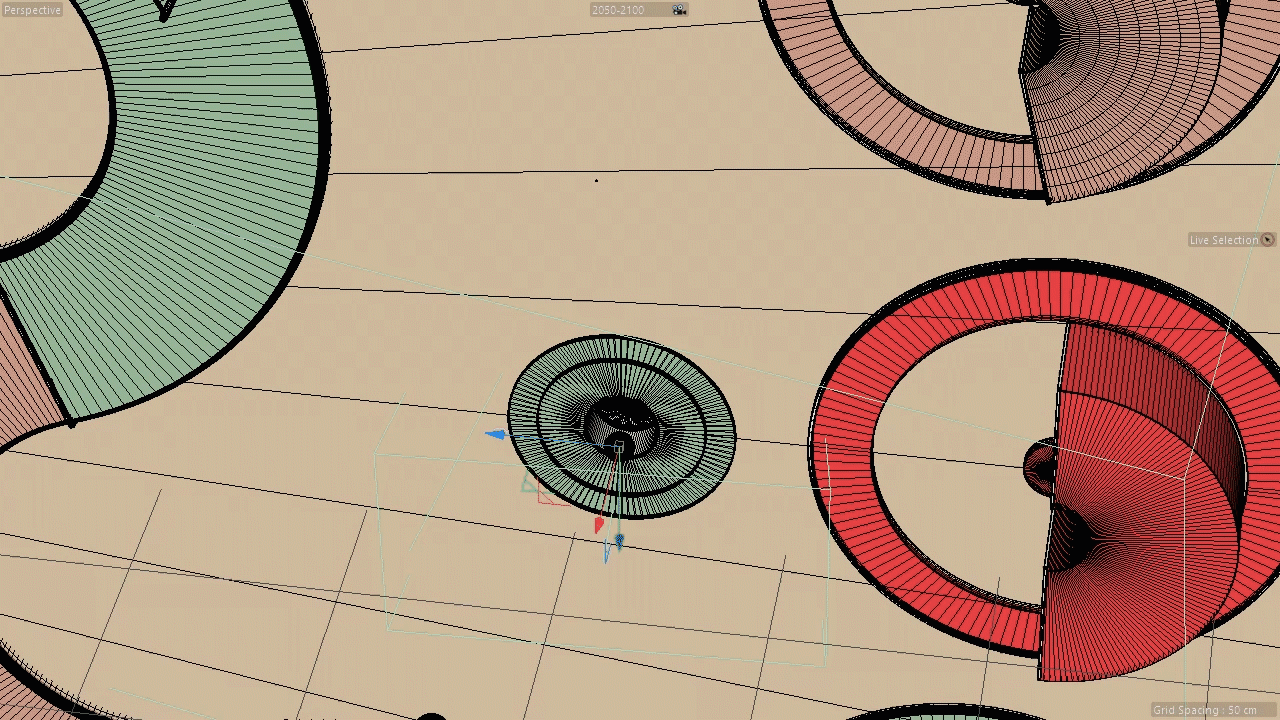




It really took a lot of time to choose music with the tempo and mood I needed.
Each pipe in the scene is a social connection. Each group of balls is a social group. With simple symbols, I tried to convey a simple idea:
Go your own way and do not "repaint" yourself constantly to meet the different requirements of the world.
Go your own way and do not "repaint" yourself constantly to meet the different requirements of the world.
You will find your own kind "on the other side" and be happy.
music: Discover - Lane King
Thanks for watching!
Thanks for watching!


